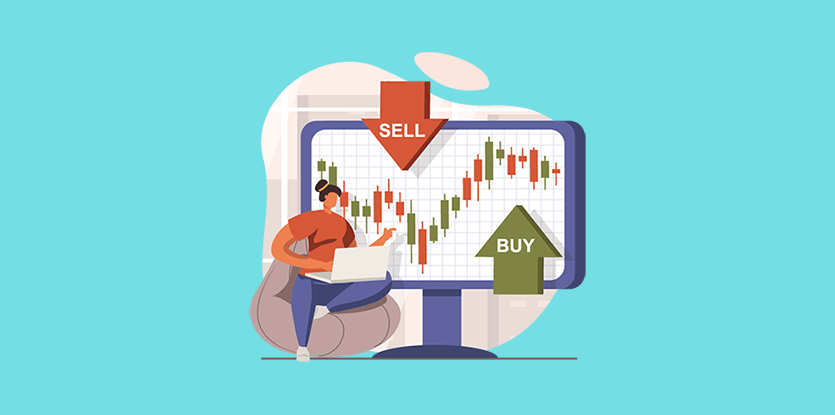Another trend reversal chart is the inverse head and shoulders, also known as a head and shoulders bottom stock chart pattern. This technical analysis indicator is similar to the standard head and shoulders pattern, but inverted.
The inverted head and shoulders pattern indicates a movement towards a bullish trend and an excellent indicator for traders who know how to spot the pattern, allowing them to deploy commit capital on a bullish trade. Very similar in look to that of a “triple bottom,” with the only exception being that the “head” dips lower than the other two points giving it the inverted head a shoulders formation.

The pattern can be recognized when the price of a stock falls to a trough and then rises, then falls below the recent trough forming the head, and then rises again. Finally, the price drops back but not as deep as the previous time. Once the last trough is made, the price action moves upward, toward the resistance level and breaks through.
As with the traditional inverse head and shoulders pattern, which indicates a move towards the bearish territory, this pattern is the exact opposite. This pattern, however, is also able to tell you a few things you may want to know that its counterpart doesn’t. For instance, this pattern can indicate how strong a bullish run will be if you read it correctly.
If you look at the chart stretch coming before the formation of the head and shoulders pattern, a longer stretch can be an indication of a stronger bull movement, while shorter ones might mean you should get in and out quick before the bull turns back to bear. Also, if the lead into the head and shoulders pattern happens suddenly, then this can also indicate a more definite bullish trend.
Head and shoulder patterns with a neckline that moves downward can also indicate an overall better performance than one without this movement. Also, if the pattern has a higher “left shoulder,” then it can also mean that the pattern will perform better than those with a higher “right shoulder.”
When to Enter the Trade
When executing an inverse head and shoulders pattern, a stop loss order should be placed slightly below the neckline in anticipation of the breakout. For those who want to place a more aggressive trade, they can enter their stop loss order at the bottom of the right shoulders of the inverse head and shoulders pattern.
Traders should be careful with this pattern, after the initial drop, when the first shoulder is formed, bears will come into the market and try to push the price of the stock down even further. If they’re successful, they could continue their control, forcing an extended downtrend.
What is the Benefit of the Inverse Head and Shoulders Pattern?
The first and third troughs are considered inverted shoulders, while the second is regarded as the inverted head. Traders who identify the pattern enter a bull position when the price rises above the upper resistance level following the right inverted shoulder. Once the stocker index moves above this level, it indicates a sharper move higher. An increase in volume also confirms the breakout.
How long the bull run will last can be determined by measuring the distance between the bottom of the head and the neckline, this will then likely equal the same distance the stock or index moves to the upside on a breakout.
Attributes
- Pattern type: Reversal
- Indication: Bullish
- Breakout confirmation: The confirmation for this pattern is a close above the upper trendline with above-average volume.
- Measuring: Take the distance between the first high and the low of the head and then add it to the upper resistance level on the breakout.
- Volume: The volume tends to increase, leading to the downward movement of the first shoulder, then drops off as the prices rise. Volume is then balanced during the formation of the head and increases as the price breaks above the resistance level on the second shoulder.
Conclusion
the inverted head and shoulder is one of the most familiar charts in technical analysis. It’s a favorite among many traders due to its strong and firm signals. However, one must be cautious and wait for a confirmation, a breakout above the neckline before executing a bullish trade. It’s also always recommended to get additional confirmations from other technical techniques. To learn more about stock chart patterns and how to take advantage of technical analysis to the fullest, be sure to check out our entire library of predictable chart patterns. These include comprehensive descriptions and images so that you can recognize important chart patterns scenarios and become a better trader.


